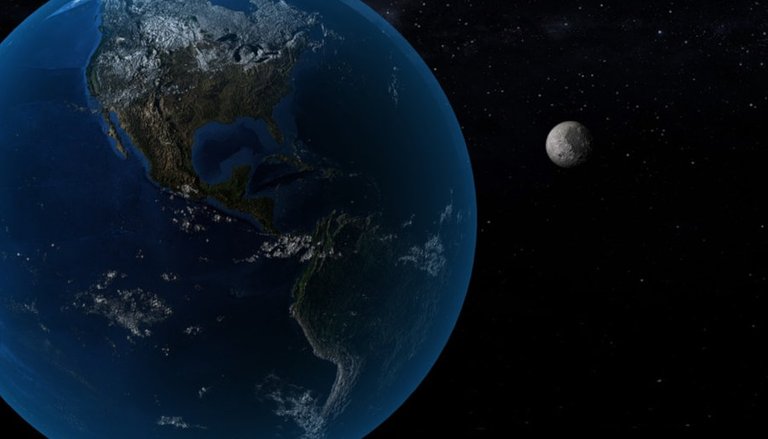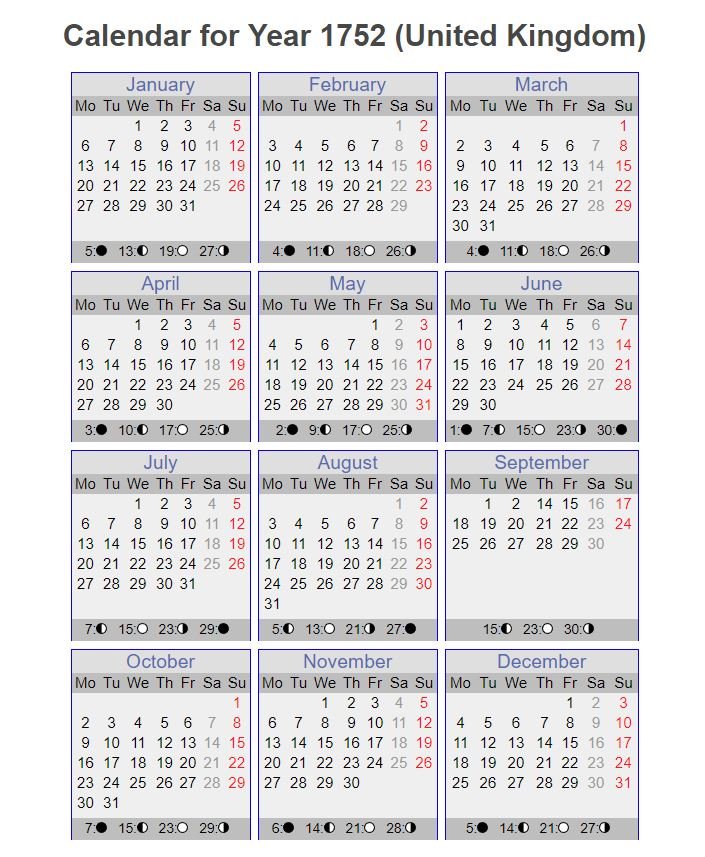Capturing Time
With the shortest day in the year approaching, let's do something different and talk about time and space. Or actually it's spacetime; they're the same thing in our four-dimensional reality.

Image by fernandozhiminaicela - source: Pixabay
Sometimes I call the day of the week the world's oldest dogma. When we device clocks or calendars, all we do is chop Earths movement through space into little pieces, and give these pieces names. This is done so we can find each other in the fourth dimension; when you and I make an appointment to meet each other in the restaurant on the corner of a certain street in a certain city of a certain country, we'll never meet each other if we do not also agree on a certain time to meet there. It's practical to have a clock and a calendar that we agree upon, but ultimately they are the result of our failed attempts to capture in a neat schedule the universe's natural ever moving clockwork.
You see, the Earth spins around its own axis in approximately 23.9 hours; this is the time needed for the Earth to spin 360 degrees. But because the planet also spins around the sun in the same counter-clockwise direction (west chasing east), it'll have to turn a tiny fraction more for the same meridian to face the Sun again. Hence the 24 hours instead of 23.9 hours in a day. But we'll soon see this isn't exact at all.
In Europe and most of the western world we've been using the Roman calendar until the Julian calendar was introduced on January 1st in the year 45 BC; this calendar corrected the accumulating error of the calendar being "slow" by one day every four years. A solar year isn't exactly 365 days, but approximately 365.25 days; so every fourth year would henceforth be called a "leap-year" with an extra day added on February 29th. The thing to realize here is that all that changes here is the name of the day of the week. And it appears that the Julian calendar isn't good enough either.

Wednesday September 2nd to Thursday September 14th on the U.K. 1752 calendar - source: Time and Date
The Catholic Church in 1582 introduced the Gregorian calendar, named after Pope Gregory XIII. This was done because a year isn't 365.25 days either, but 365.242199 days. So by adding a day every 4 years, we actually add too much, and our calendar does the opposite of lagging behind. To remedy this, every year that is exactly divisible by four is a leap year, except for years that are exactly divisible by 100, but these centennial years are leap years if they are exactly divisible by 400. For example, the years 1700, 1800, and 1900 are not leap years, but the year 2000 is. This system brings the average length of the year to 365.2425 days, which is very close to the actual number.
Although this calendar was introduced in 1582 AD, a lot of countries took years to adopt this Gregorian Calendar; the United Kingdom did so in the year 1752, by which time their calendar was 11 days into the future, so on their 1752 calendar we go from Wednesday September 2nd to Thursday September 14th to get rid of those 11 days at once. We still use this calendar today, but even the Gregorian calendar diverges from astronomical observations by one day in 3,030 years...
Earth spins around its axis, but does so with a slight wobble, which causes the Axial precession, better known as the "precession of the equinoxes", a cycle that takes 25,772 years and was somehow known to the ancient cultures of the planet, like we see on the famous Maya calendar. And the Earth rotates around the Sun, which rotates in a small local cluster of stars that rotates around the center of the Milky Way Galaxy. The Galaxy rotates with a local cluster of galaxies, which in turn moves through the expanding and accelerating universe... Are you dizzy yet? A date on the calendar is just that; the name we've agreed upon to call our current position in space, wherever that may be :-)
Our labels for time are actually labels for our location in spacetime; that's a neat subject for further examination. At least it is to me. If you're intrigued, watch the below linked video for a more in-depth exploration of this subject. You'll learn about terms like a "solar day" and a "solar year" as opposed to our calendar versions, and you'll learn something about the Catholic Church and how their Easter celebration was the real reason behind the introduction of the Gregorian calendar.
How Earth Moves
The above is an edited, corrected and expanded version of an article I originally posted in December 2018
Thanks so much for visiting my blog and reading my posts dear reader, I appreciate that a lot :-) If you like my content, please consider leaving a comment, upvote or resteem. I'll be back here tomorrow and sincerely hope you'll join me. Until then, stay safe, stay healthy!

Recent articles you might be interested in:
| Latest article >>>>>>>>>>> | Double Whammy |
|---|---|
| Tesla Fail | Flintstone Ideology |
| Personal To Private | Free Speech Paradox |
| Better Together | The Rant Is Nigh! |

Thanks for stopping by and reading. If you really liked this content, if you disagree (or if you do agree), please leave a comment. Of course, upvotes, follows, resteems are all greatly appreciated, but nothing brings me and you more growth than sharing our ideas.
Thanks for your contribution to the STEMsocial community. Feel free to join us on discord to get to know the rest of us!
Please consider delegating to the @stemsocial account (85% of the curation rewards are returned).
You may also include @stemsocial as a beneficiary of the rewards of this post to get a stronger support.
Thank you for your support!